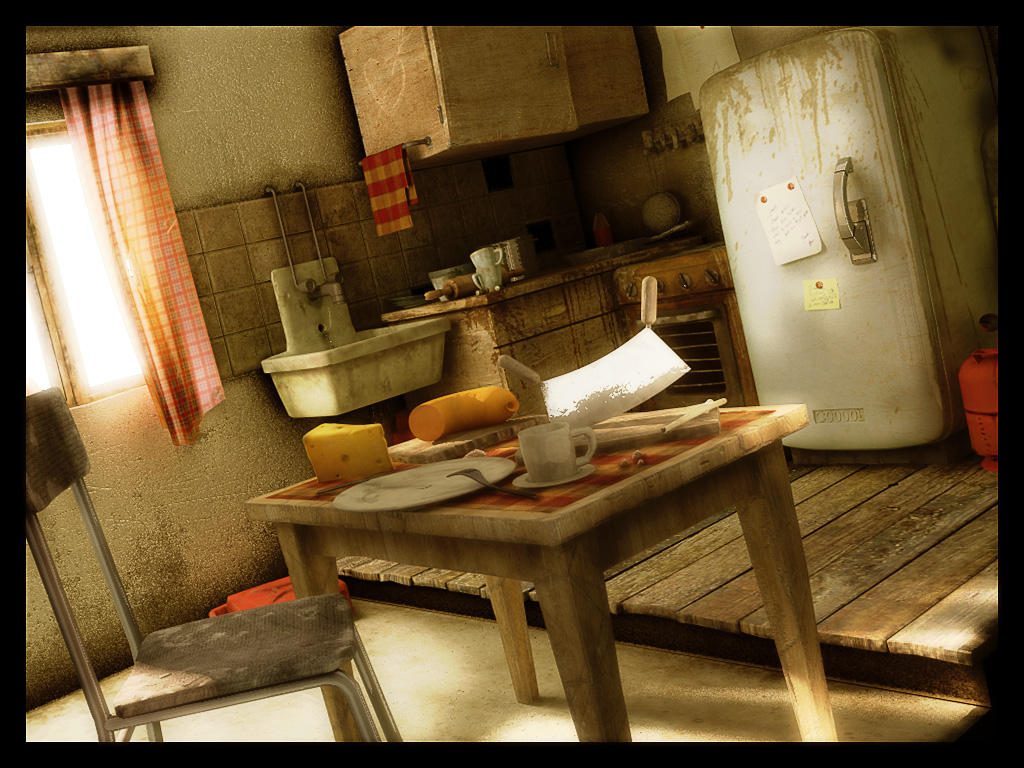In a new study from NSF
International, a non-profit public health and safety organization, when 20
families swabbed 14 different kitchen items they found the following ones
contaminated with various combinations of foodborne illness-causing germs such
as E. Coli, Salmonella, Listeria and mold and yeast.
(No wonder that 21 percent of cases of foodborne illness are due to food
consumed in private homes, according to the U.S. Centers for Disease Control
and Prevention.) Here are some of the worst germ breeding grounds, and tips on
how to keep them clean.

- · Knife block
Be
honest: when was the last time you cleaned this, if ever?
De-gunk it: Remove the knives, and then turn the block upside down to shake out crumbs. (You can also use a can of compressed air, like a computer keyboard cleaner.) Wash the block in hot soapy water and get in the slots with a small brush, like the kind designed to clean baby bottle nipples. To sanitize, soak the block in a mixture of one gallon of lukewarm tap water and 1 tablespoon of 5.25 percent household bleach, or just fill the knife slots with the mixture. Let it sit for one minute, then rinse thoroughly with clean tap water and place upside down to dry. Avoid germ buildup by washing knives and letting them dry completely before you put them back in the block.
De-gunk it: Remove the knives, and then turn the block upside down to shake out crumbs. (You can also use a can of compressed air, like a computer keyboard cleaner.) Wash the block in hot soapy water and get in the slots with a small brush, like the kind designed to clean baby bottle nipples. To sanitize, soak the block in a mixture of one gallon of lukewarm tap water and 1 tablespoon of 5.25 percent household bleach, or just fill the knife slots with the mixture. Let it sit for one minute, then rinse thoroughly with clean tap water and place upside down to dry. Avoid germ buildup by washing knives and letting them dry completely before you put them back in the block.
- · Refrigerator vegetable drawer
Salmonella, Listeria, and yeast and mold are partying it up in
here with your cukes and carrots, and a dirty drawer could contaminate new
clean veggies you put in there, Lisa Yakas, a microbiologist and senior project
manager at NSF, told CBSNews.com.
De-gunk it: NSF recommends that once a month, you remove the drawer from the fridge and wash the bin with warm water and a mild detergent. You can get rid of odors with a baking soda solution (about 1 to 2 tablespoons of baking soda in 1 quart of water). Let everything dry thoroughly.
De-gunk it: NSF recommends that once a month, you remove the drawer from the fridge and wash the bin with warm water and a mild detergent. You can get rid of odors with a baking soda solution (about 1 to 2 tablespoons of baking soda in 1 quart of water). Let everything dry thoroughly.
·
Can opener
Many
people use this handy tool every day, but if you toss it back the drawer
without a good cleaning, you maybe exposing your family to bacteria, yeast, and
mold.
De-gunk it: It’s especially important to clean the area where the groove meets the can, and make sure you get rid of all food residue. Even better, buy one that’s dishwasher safe and wash after each use.
De-gunk it: It’s especially important to clean the area where the groove meets the can, and make sure you get rid of all food residue. Even better, buy one that’s dishwasher safe and wash after each use.
- · Food storage containers with rubber seals
You may rinse out your lunch
container in the office sink, but these containers can allow germs to thrive.
De-gunk it: If dishwasher safe, make sure to wash both the container and the lid. If you’re cleaning by hand, take special care around the seal and any grooves where the cover attaches to the container.
De-gunk it: If dishwasher safe, make sure to wash both the container and the lid. If you’re cleaning by hand, take special care around the seal and any grooves where the cover attaches to the container.
No comments:
Post a Comment